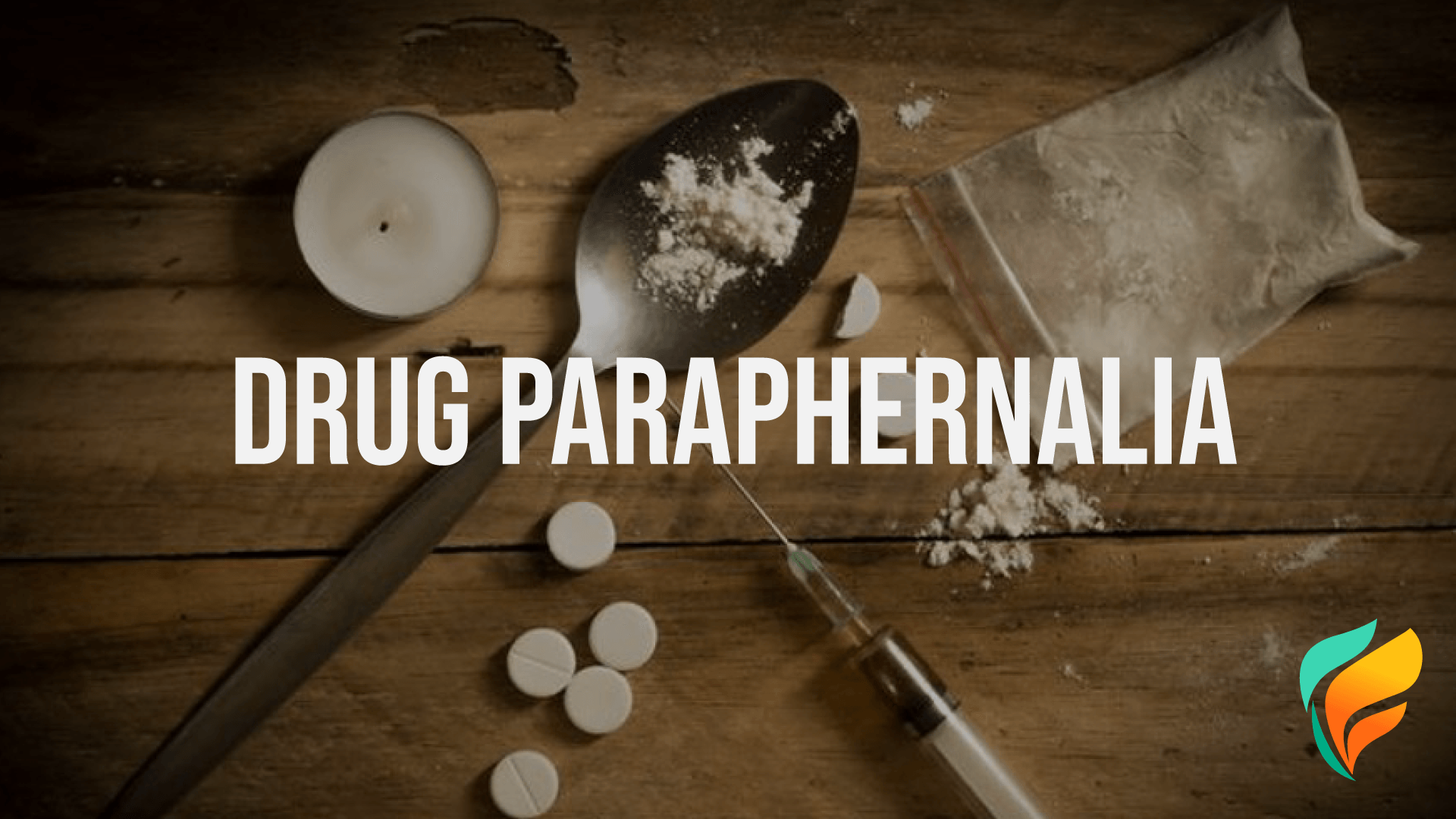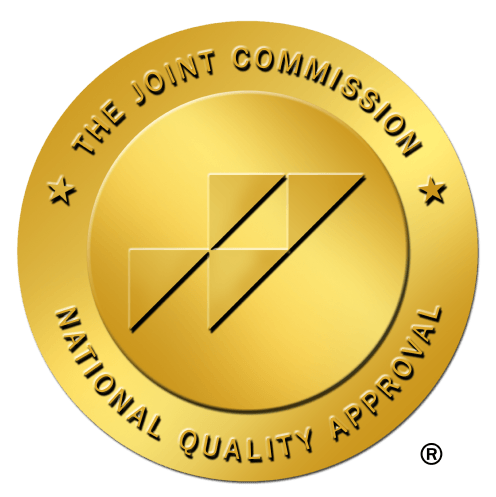How to Recognize Drug Paraphernalia


Drug paraphernalia – objects and other things used to consume drugs – can be a sign of a serious substance abuse problem.
Recognizing drug paraphernalia can be a crucial step in identifying and addressing substance abuse in your loved ones. As someone concerned about their well-being, it's essential to be aware of the various tools and items that may signal drug use.
This guide aims to provide you with the knowledge needed to identify these items and understand their significance. By educating yourself, you can take proactive steps towards offering the necessary support and intervention, fostering a path to recovery and healthier lives.
What Is Drug Paraphernalia?
Drug paraphernalia refers to any equipment, product, or material used to produce, conceal, and consume illicit drugs. These items can vary widely, ranging from common household objects repurposed for drug use to specialized equipment specifically designed for this purpose.
Common Examples of Drug Paraphernalia
Marijuana: Pipes, bongs, rolling papers, vaporizers, e-cigarettes, roach clips.
Cocaine: Mirrors, razor blades, straws, rolled-up dollar bills, small spoons.
Opioids: Spoons, tin foil, needles, plastic straws, pipes.
Inhalants: Aerosol cans, rags, glue tubes, balloons.
Ecstasy/MDMA: Glow sticks, surgical masks, pacifiers, candy bags.
These items are used to prepare, consume, or conceal drugs, and recognizing them is crucial for identifying potential substance abuse.
Legal Implications of Possessing Drug Paraphernalia
Possession of drug paraphernalia is illegal under federal law. According to the U.S. Code Title 21 Section 863, it is illegal to sell, transport, import, or export drug paraphernalia. Violation of these laws can result in significant legal consequences, including fines and imprisonment for up to three years.
In addition to federal laws, many states have their own regulations concerning drug paraphernalia. These laws can vary but generally impose similar penalties for the possession, sale, and distribution of these items. Being found with drug paraphernalia, even if not in use, can be sufficient grounds for criminal charges, emphasizing the seriousness of these regulations.
Understanding the legal ramifications is important not only for those directly involved but also for family members and friends who may discover these items. Awareness and education can help prevent unintentional legal consequences and encourage seeking professional help for substance abuse issues.
Are You Struggling with Mental Health or Addiction?
We Can Help. Call Us Now!
CALL: 877-839-1772
Different Types of Drug Paraphernalia
There are many methods for obtaining drug paraphernalia. For example, several manufacturing companies market their merchandise online and through mail-order firms. Furthermore, cigarette shops, novelty and gift stores, convenience stores, and gas stations frequently sell drug paraphernalia.
Some popular types of paraphernalia for drugs are:
Rolling papers
Needles
Pipes include plastic, wooden, metal, acrylic, stone, ceramic, and glass.
There are specific pieces of equipment for different types of paraphernalia drugs.
Marijuana Paraphernalia
Commonly called grass, weed, or pot, marijuana is an addictive drug. Teenage marijuana consumption is particularly risky. The substance can result in undesirable effects such as low academic grades and mental health issues.
Marijuana could be consumed using the items listed below and is typically vaporized or smoked:
Rolling paper
Bong (a filtering instrument for marijuana usage)
Pipes or things devised to form a pipe
Unrolled cigars which have been rerolled after being stuffed with marijuana
Roach clips: Metal clips used to hold joints safely
Vaporizers
E-cigarettes, which are still quite new, let users put marijuana concentrate in and vape it.
Lighters with missing or broken safety tabs.
Cocaine Paraphernalia
Cocaine has a powder-like white appearance and might be ingested, snorted, smoked, vaporized, or injected. Crack cocaine, which is transformed into a crystalline rock state afterward vaporized using pipes, is cocaine meant for smoking. Cocaine powder may as well be injected after being diluted in water. Although different accouterments are needed for each mode of usage, most cocaine abusers snort the substance.
Cocaine habits, if left unaddressed, can cause a slew of irreparable cardiac diseases and dramatically raise a person's danger of suffering a stroke or heart attack. In addition, users risk contracting hepatitis C or HIV if they inject cocaine.
Paraphernalia for cocaine include:
Lighters
Plastic straws
Mirrors
Razor blades
Needles for cocaine injections
Spoons
Rolled-up tubes of paper for snorting cocaine
Pipes
Opioid Drug Paraphernalia
Opioid abuse is one of the deadliest forms of substance abuse there is. When someone is dependent on opioids, the following things are frequently discovered:
Pill containers concealed in unusual locations.
Vacant containers of prescription drugs
Metal foil
Plastic pen covers or torn sipping straws for using the drug
Hypodermic needles
Spoons with burn marks
Methamphetamine Paraphernalia
Methamphetamine or meth impacts the human central nervous system and acts as a strong, dangerously addictive stimulant. It appears as a white, non-smelling, bitter-tasting powder that dissolves readily in liquids such as alcohol or water.
This drug is nicknamed "crystal meth" because it resembles ice crystals or shards. The substance is made up of a variety of solid chemicals and industrial waste. Meth addiction if ignored, can lead to a variety of skin, teeth, and other medical problems. In addition, drug users who inject meth face the risk of getting hepatitis C or HIV.
Equipment for meth use includes:
Sliced straws and emptied pen cases
Tin foil, aluminum cans, and light bulbs
Pipes for vaporizing meth
Sandwich bags
Syringes and needles
Ecstasy (Molly/MDMA) Paraphernalia
Ecstasy (Molly/MDMA) is a hallucinogenic stimulant popular in certain subcultures. Often, these substances are available in black markets as powder or candy-like pills in bright colors. Additionally, recreational drugs like ecstasy or MDMA are frequently used in nightclub environments.
Drug paraphernalia for ecstasy are:
Pacifiers/lollipops to stop teeth grinds and jaw clenches
Dust masks and glow sticks
Multicolored candy packages to disguise ecstasy tablets
LSD Paraphernalia
LSD, sometimes referred to as acid in common parlance, is a strong hallucinogenic substance. Effects frequently include heightened feelings, thinking, and sensory experiences. When used in adequately high quantities, LSD causes hallucinations that are predominantly visual, mental, and aural.
Classic signs of LSD usage include dilated pupils, raised body temperature, and elevated blood pressure. Symptoms usually take effect in less than a half-hour and may linger a maximum of 20 hours.
LSD paraphernalia includes:
Small pieces of thin paper [LSD are frequently put into little paper squares. There may be images or cartoon drawings on such squares.]
Cubed sugar. [LSD was first placed in sugar blocks and then ingested. A baggie containing sugar cubes might be alarming.]
Colorful jello. [This might be yet another indication of LSD. Users may combine LSD with gelatin and then transport the mixture in a small bag.]
Micro tablets. [Once more, small tablets in candy colors can be used to give LSD. They look like candies and possibly blend in because of this.]
Inhalants Paraphernalia
Few folks will occasionally inhale common household products and industrial compounds to become euphoric. Nitrous oxide – nicknamed whippits – is a common inhalant. These substances provide adolescents and younger adults with a quick and inexpensive method to become high. Unfortunately, inhalant misuse can result in organ dysfunction, lasting brain harm, and hallucinations.
Inhalant addiction can be recognized with drug paraphernalia like:
Nozzles and balloons
Chemically soaked rags
Gluing tubes
Odd chemical smells on the individual's clothes
Aerosol bottles. Inhalant delivery systems could be administered with aerosol cans. The components inside the can, which might occasionally include cleansers, deodorizers, or other chemicals like glue, get inhaled by the user.
How to Identify Paraphernalia in Everyday Items
Recognizing drug paraphernalia in everyday items is crucial for identifying potential substance abuse early. Many household objects can be repurposed for drug use, making them difficult to spot.
Common Household Items Repurposed for Drug Use
Drug users often repurpose everyday household items to consume or conceal drugs, making it challenging to recognize drug paraphernalia. Being aware of these items and their potential uses can help in early identification of substance abuse.
Spoons and Bottle Caps:
Commonly used to mix and heat drugs like heroin before injection.
Look for burn marks on the bottom of spoons or residue in bottle caps.
Aluminum Foil:
Often used to smoke drugs like heroin or methamphetamine by creating a makeshift pipe.
Burn marks and residue on foil pieces can be indicators.
Straws and Pens:
Used to snort drugs such as cocaine, heroin, or methamphetamine.
Look for cut-up or hollowed-out straws and pens with powder residue.
Plastic Baggies and Wrappers:
Used to store small quantities of drugs.
Frequent discovery of small baggies or wrappers, especially with powdery residue, can signal drug use.
Lighters and Matches:
Essential for smoking various drugs.
An unusual number of lighters or matches, especially in unexpected places, can be a clue.
Eye Droppers and Nasal Sprays:
Sometimes repurposed to consume liquid drugs or to mask signs of drug use (e.g., redness in eyes).
Check for unusual substances or residue inside these items.
Are You Struggling with Mental Health or Addiction?
We Can Help. Call Us Now!
CALL: 877-839-1772
Signs and Symptoms Indicating Drug Use
Recognizing the physical, behavioral, and emotional signs of drug use can be crucial in identifying substance abuse early.
Physical Symptoms:
Bloodshot Eyes: Frequent use of drugs like marijuana can cause red, bloodshot eyes.
Pinpoint Pupils: Common in opioid use.
Frequent Nosebleeds: Often associated with snorting drugs like cocaine.
Behavioral Symptoms:
Isolation: Withdrawal from social activities and family.
Neglect of Personal Hygiene: Decreased attention to grooming and cleanliness.
Secretive Behavior: Hiding items or being overly protective of personal space.
Emotional Symptoms:
Mood Swings: Rapid changes in mood from euphoria to depression.
Paranoia: Excessive suspicion or irrational fear.
Irritability: Increased agitation and frustration over minor issues.
What to Do When a Loved One Possesses Drug Paraphernalia
Commonplace items can be utilized to consume illegal substances. It is essential to realize that such everyday items can have dual lives. Perhaps it is wise to take time and engage in a compassionate chat with the person you love if you have any reason to believe they could be doing drugs or their possession of drug paraphernalia has been discovered. Inform the individual that you feel concerned about what is going on and encourage them to be open and honest with you.
Remember that they may not be entirely truthful with you. Or they can admit to using substances but say they are keeping it under check. Maintain open channels of conversation and be forthright about how you feel about the drug use that may be occurring. Maybe some limits can be set. However, it might be challenging to make the individual quit permanently.
It can be distressing and seem like your trust has been betrayed when you learn that a close someone is consuming drugs. It may get worse if you face the person with terror or rage. Therefore, when discussing the matter with them, it is necessary to step aside and give the scenario a thorough evaluation.
Are You Struggling with Mental Health or Addiction?
We Can Help. Call Us Now!
CALL: 877-839-1772
Concerned About Drug Paraphernalia? We Can Help
Recognizing drug paraphernalia is a vital step in addressing substance abuse and supporting your loved ones. If you've identified signs of drug use, it's crucial to act swiftly and compassionately. It’s never a good idea to wait until rock bottom – it’s hard to come back from it, and the threat of drug overdose is real.
The Forge Recovery Center will help you help your loved one. As a community devoted to recovery and self-improvement, we understand that addiction is a family disease. Our effective therapies will help you and your loved one build a new life. If you’re concerned about the threat of addiction, now’s the time to act.
Are You Struggling with Mental Health or Addiction?
We Can Help. Call Us Now!
CALL: 877-839-1772





